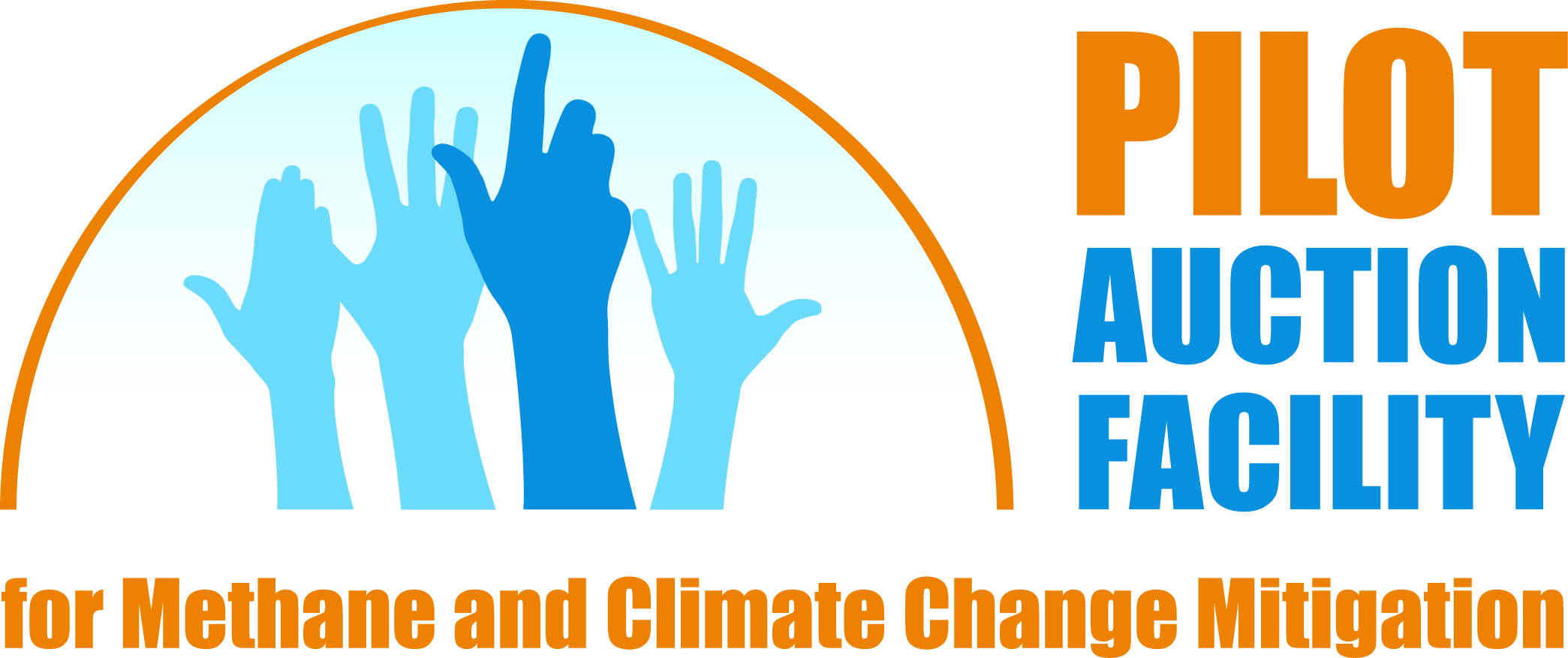The City of Denton Landfill (Texas, USA) reportedly is the first in the world to implement “closed-loop waste management.” This technique combines landfill gas (LFG) capture with landfill mining to sort out and recover reusable and re-sellable plastics and metals, as well the remaining organic material for conversion to biomass energy pellets. Mining reduces the volume of material enough (by an estimated 95%) for the fill space itself to be re-used for new waste placement, thereby extending the life of the landfill essentially indefinitely (i.e., perpetual landfill). Dr. Sahadat Hossain, of the Solid Waste Institute for Sustainability (SWIS) at the University of Texas Arlington, developed this perpetual landfill model to be cost-efficient and potentially profitable. The roughly 20-year cyclical process significantly reduces the need for long-term environmental monitoring, one of the greatest legacy  costs of landfill management. It also reduces a municipality’s land acquisition costs for future landfill sites, while providing a revenue stream in the forms of cheap, locally-produced energy and reusable materials.
costs of landfill management. It also reduces a municipality’s land acquisition costs for future landfill sites, while providing a revenue stream in the forms of cheap, locally-produced energy and reusable materials.
While the concept is readily applicable to U.S. solid waste management sites, even greater potential may reside in many developing countries, where open-pit landfills and open-air trash burning are common solid waste disposal methods. Many of the developing world’s cities do not have the same level of access to public and private funding for landfill projects as their counterparts in developed nations, and cannot readily afford greener and more sanitary forms of waste management. However, the profitability factor of the closed-loop technique, along with potential public health and environmental benefits, could be attractive to both budget-conscious policymakers and investors, creating potential for deployment worldwide (source: Al Jazeera). Speaking with Methane International, Dr. Hossain says SWIS and the City of Denton have already welcomed representatives from Addis Ababa, Ethiopia, who plan to implement a closed-loop system for their city.
Another sign of global applicability is the group of international students and researchers eager to come to SWIS each year to learn about emerging methods like this at a two-week “Winter School,” a hands-on landfill sustainability program hosted jointly with the International Solid Waste Association (ISWA) and the City of Denton. Dr. Hossain and his team will welcome the Winter School’s 2017 class of up-and-coming landfill sustainability specialists to Arlington, Texas, on January 16-27, where GMI’s Tom Frankiewicz will be a featured presenter.
about emerging methods like this at a two-week “Winter School,” a hands-on landfill sustainability program hosted jointly with the International Solid Waste Association (ISWA) and the City of Denton. Dr. Hossain and his team will welcome the Winter School’s 2017 class of up-and-coming landfill sustainability specialists to Arlington, Texas, on January 16-27, where GMI’s Tom Frankiewicz will be a featured presenter.
And the timing of the gathering couldn’t be better – it just happens to be January of 2017 that the nearby City of Denton’s new landfill system is expected to become fully operational.






